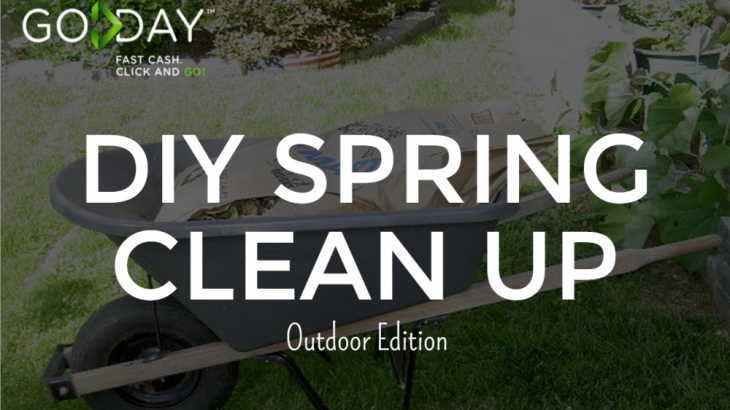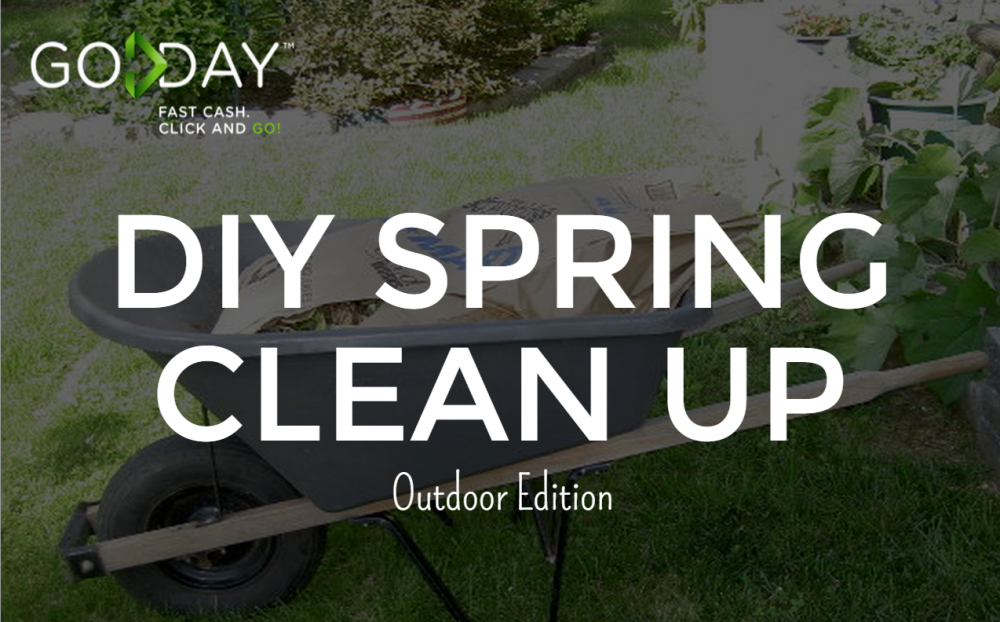Even though snow is in the forecast for our part of the nation, we’re keeping our eyes on the spring prize. The notorious brown limbo of March & some of April can be rough to handle, especially if your property took a beating over the winter (or you missed some fall clean up before the first snow came and covered everything).
If you’re experiencing spring fever and want to tackle your yard work ASAP, we have a handy list to get you started. Sure, you could hire a landscaping crew to take care of it for you, but professional prices in the GTA start at $180 for 500 square feet (and that’s not even including debris removal, trimming, flower bed arrangement – it’s just clean up!).
We’ve consulted several landscaping books, city how-to guides and a landscaper (or two) to give you a systematic approach to your property, however big or small it may be, to prepare you for the seeding season.
Here’s to spring!
Do you have perennials?
Did you forget to trim your perennials in the fall? It’s okay, you still have some time. Trim them as soon as the plant has de-frosted. The general rule of thumb for flowering perennials is to trim them to 4-5 inches in height, and to trim perennial grasses to about 2-3 inches. This will encourage timely growth. If you forgot to pull any annuals out in the fall, now is the time to do it while the ground is still sopping wet (thus making it easy to yank out and the soil will then have a better chance to settle into the hole it left). If your soil has completely thawed and isn’t completely drenched from the snow, you can consider digging up and re-locating your perennials (or, dividing them) at this time as well.
Rake up dead material…
…but not while the ground is still wet. If your rake touches the ground and you pull up grass or soil with it, it’s not ready. If you have yard waste over non-soiled areas, you can take care of those areas in the mean time. Remove all leaves and plant debris from the previous season to prevent mildew and other diseases into bio-degradable lawn bags, or right into your own compost. Also, review the condition of your mulch situation (if you have any). If you have pets who may have had their own bathroom time on mulched areas, you will want to remove the mulch as well (but do not put this mulch into your compost unless you’re 100% sure that it has no synthetic dyes or comes from pressure-treated wood).
Fix damaged areas.
Did your grass get wrecked by snow ploughs and salt? Start fresh by adding in a 1/4-1/2 inch layer of compost into the damaged soil area. You might not be ready to place new seed down yet, but you are replacing lost nourishment and priming it for germination.
Have pets? Time for poop pick-up.
There’s nothing more disgusting than picking up slimy poop after the winter. The easiest & most environmentally friendly tactic? Dig a 3-4 foot deep hole somewhere in a non-high traffic area of your yard (or, even by a tree or under some shrubs) for the poop to go. Put down a layer of organic yard waste, like some dried leaves, into the hole first. Then, using a shovel and a small, plastic rake (that you can then dispose of later), collect the animal waste and place into the hole. Add more leaves every 3-4 inches of waste collected. Even though it is disgusting, your animal’s waste is natural fertilizer for your yard. Please do not dig this hole anywhere near where children may be playing or where you may have edibles growing.
Prune. And prune some more.
Spring is the time to thin out crowded flower or bush beds. Be particularly aware of any branches that might grow to crowd or crush near-by plants over the growing season. If you happened to have a particularly bad winter with lots of blowing snow or ice storms, take note of any damaged branches and remove them by cutting back to the closest living stem.
Push back soil beds that have moved.
Snow and soil compression changes can alter the formation of your flower beds over the winter. Firmly push heaved-up perennials back into the ground with your hands or feet, or, if the damage is greater, replant them in a new hole entirely. Take stock of your raised beds – have the borders shifted at all? Depending on what it’s made out of (wood or stone), now would be the time to prepare the foundation for when you’re ready to plant.
Clean up pathways.
Escaped gravel or mulch? Gently rake that back along your pathways or between your stepping stones. If you’ve lost filler, re-fill with new sand or whatever your filler of choice is once you’re sure temperatures won’t dip below 0C. The reason? You must set your filler with water before adding another layer, and fluctuating temperatures can cause the water setting treatment to expand. If your walkway is really out-of-place, you might have to completely re-do the foundation screenings or base materials before re-setting them.
Special consideration…
Do you just not have the time for your yard work? Do you live in a university or college town? Many students take up landscaping jobs in the summers to help pay for their education. Check your local Kijiji ads to see if any students with a landscaping history are offering their services for less than company rates. You can have piece of mind knowing that they’ve been professionally trained and the bonus that you’re helping them pay for school.




